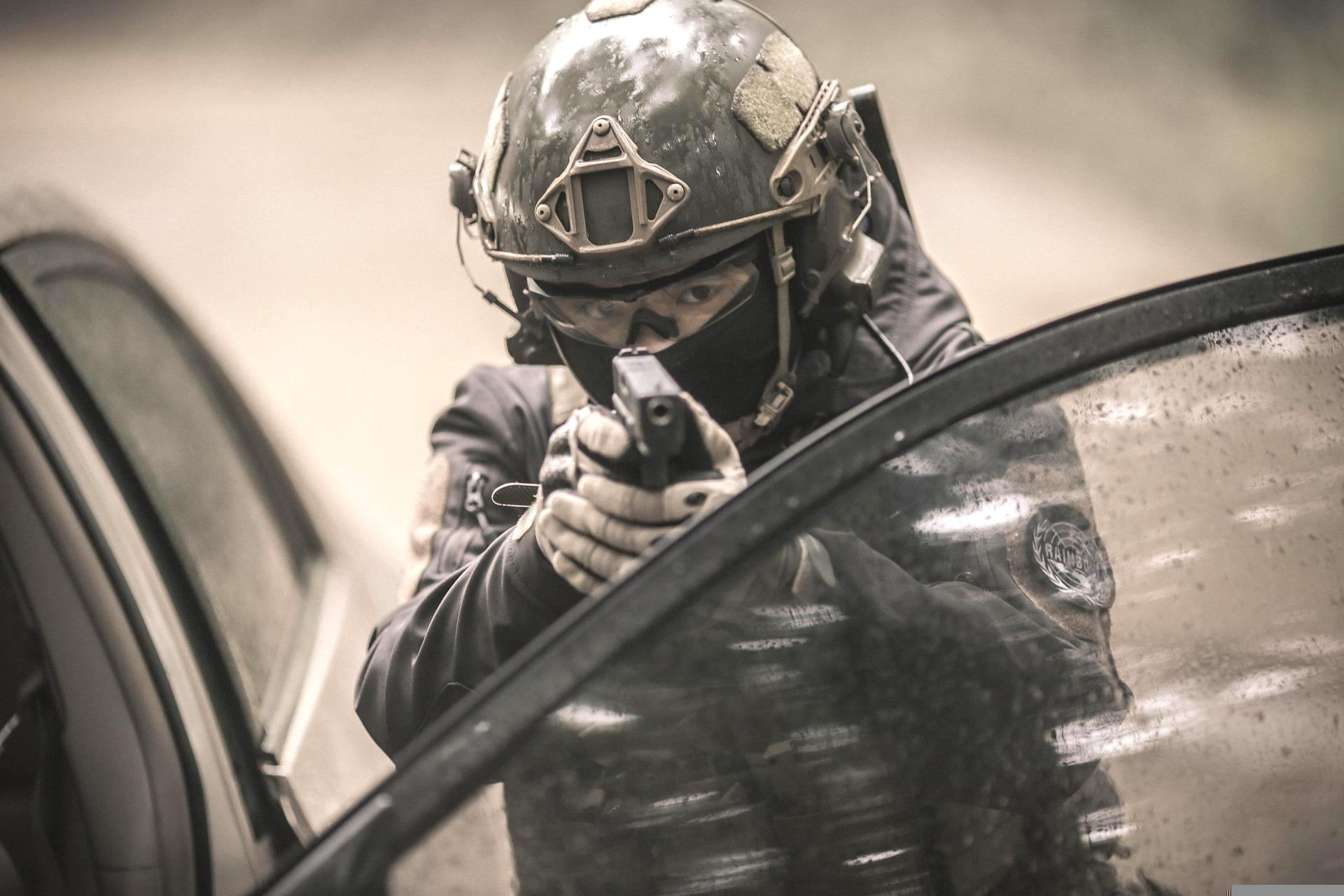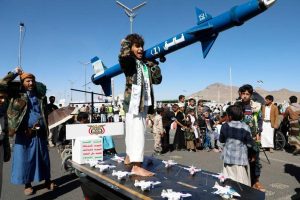The U.S. Department of Homeland Security (DHS) is leading efforts and coordinating across the federal government testing and evaluating technologies used to detect, identify, monitor, and, if needed, mitigate Unmanned Aircraft Systems (UAS) that pose a credible threat to covered facilities, assets, and other missions authorized to the it by law.
These protective technologies are referred to as Counter-Unmanned Aircraft Systems (C-UAS). This Privacy Impact Assessment (PIA) discusses measures taken to mitigate privacy risks and protect personally identifiable information (PII) during DHS’s use of C-UAS technologies during testing, evaluation, and operational deployment.
The United States Secret Service (USSS) is authorized to protect our nation’s highest elected leaders, visiting foreign heads of state, and national special security events. In order to provide a secure environment for these protected individuals and events, the USSS must prepare for the threat that Unmanned Aircraft Systems (UAS) pose. To fulfill this responsibility, USSS regularly tests and deploys Counter-Unmanned Aircraft Systems (C-UAS) to detect, deter, and defeat unauthorized UAS.
C-UAS systems are not intended to capture personally identifiable information (PII). The C-UAS systems that include cameras use them for their telescopic capacity rather than to collect images or video. The cameras are used to scan the sky and horizon once the device has detected a possible threat, and such images are not recorded, stored, or maintained. Some C-UAS systems that use Radio Frequency (RF) detection are capable of capturing video sent from the UAS to the ground control station (GCS).
This video is not automatically displayed to the C-UAS operator, nor is it viewed in the course of normal USSS operations. There is a remote possibility that C-UAS sensors might capture images containing PII while monitoring the airspace within the authorized area of operations. If this situation occurs, USSS personnel will not store or maintain any PII.
In addition, when time and circumstances permit, USSS personnel may attempt to approach a UAS operator directly before or after deploying C-UAS technology. Any in-person interactions between the USSS and members of the public will be handled according to the appropriate USSS policies and standard operating procedures. Any PII acquired as a result of this interaction, such as the confiscation of a UAS or related contraband or apprehension of a subject, will be retained using the appropriate procedures and in accordance with the appropriate Privacy Impact Assessment (PIA) and System of Records Notice (SORN).
Source: DHS.GOV







